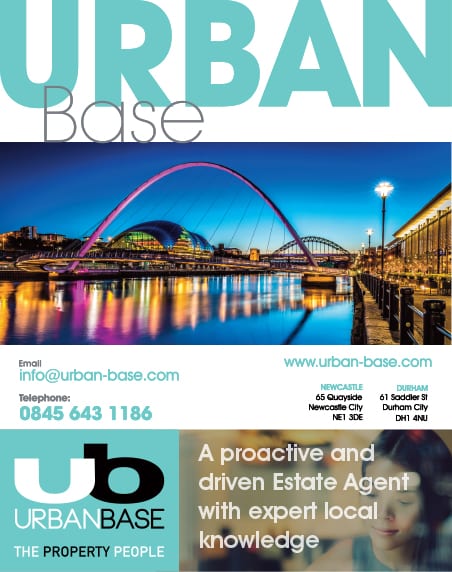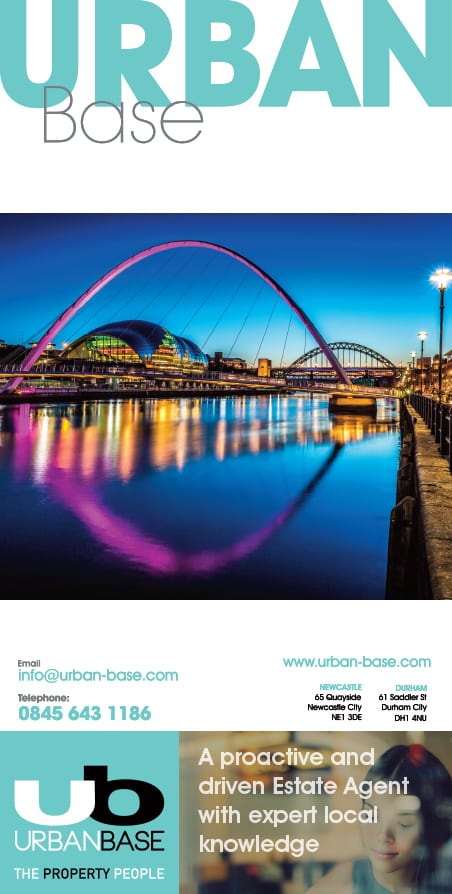With all the major events going on in the world it's easy to be negative, but as my wise old Dad always says: 'What is normal? There's always a problem to solve.'
I think architects should reflect on this in their approach to designing buildings in 2023.
In last year’s November issue of Northern Insight, I tried to look ahead on some of the challenges facing 2022 and, in many respects, the same challenges are repeated.
So, this time I am going to focus on how 2022 has shaped the construction industry and how to succeed in producing successful building projects.
At Howarth Litchfield we have seen how busy construction companies have been, so finding a builder across every level has been a challenge. But you can still find a contractor if you are willing to discuss with them their availability and suitability.
Many clients need to show evidence of competition in tendering, but in a busy market the contractor may not want to tender against lots of competitors. You would be far better selecting a contractor and negotiating a price and project specification. This two-stage tendering is increasingly popular.
I understand the nervousness and hesitancy of clients who want to see that good value is obtained. I believe that the value can be seen in the intelligence that the contractor brings to the project. Employing a QS to monitor the costs should give the reassurance that all the checks are undertaken.
Much has been made of the lack of materials this year and this has certainly been a factor over the last couple of years. But I think it’s now been exaggerated. If your project is fast moving, then as architects, we have to be flexible on material selection at the outset of the design and during the construction process.
A good architect should be aware of which materials are on long lead in, so when we are designing, I am constantly checking that I am not adding a problem into the build programme.
Cost of build projects has undoubtedly risen in 2022. The energy issues have compounded the industry’s problems, as most materials use energy for manufacture and then need energy to deliver, prior to the construction sequence.
Contractors have had it tough in trying to formulate costs (and tenders) for buildings with ever changing costs. Many tenders have come in valid for only that week. The general inflation has added to this complexity in a vicious cycle of increases.
So, my tip for clients is to be realistic on costings from the outset. The need to design buildings efficiently has never been more important. Architects have a duty to produce elegant buildings, but right now, I think we should focus on how to be elegant, simple, affordable and environmental.
Many of our commercial, industrial, and educational clients rely on us to think creatively and get the most value from their budgets.
There is a real interest in energy saving for the building when in use. So, despite building costs, clients now recognise the importance of investing in long term energy solutions. I always advocate common sense with a fabric first approach of reducing energy needs through well insulated buildings before spending money on expensive M+E systems.
So, for 2023, the challenges remain: providing value for money as well as sound design solutions for clients – plus the ability to deliver a building to site, and on time.
So some things don’t change at all. Maybe Dad was right!


